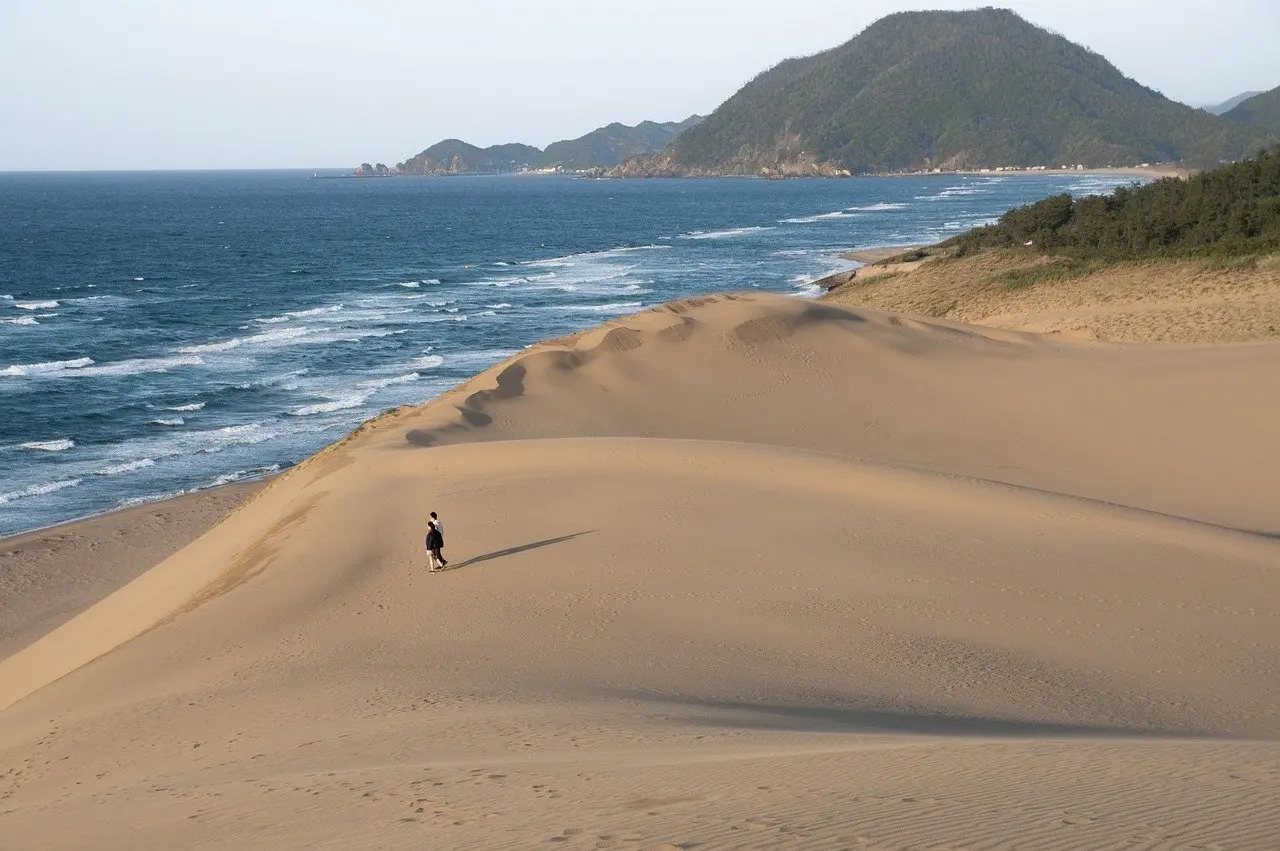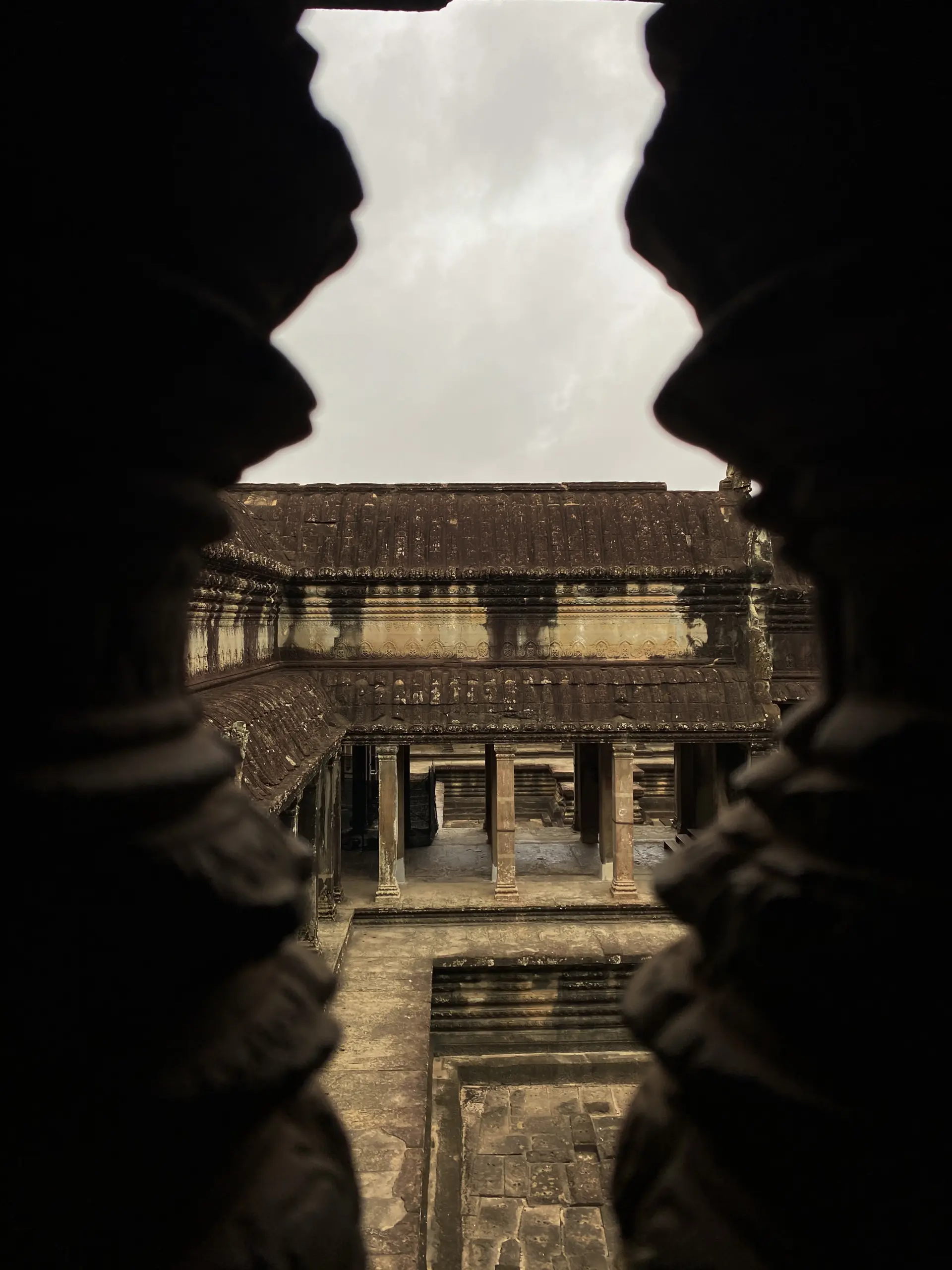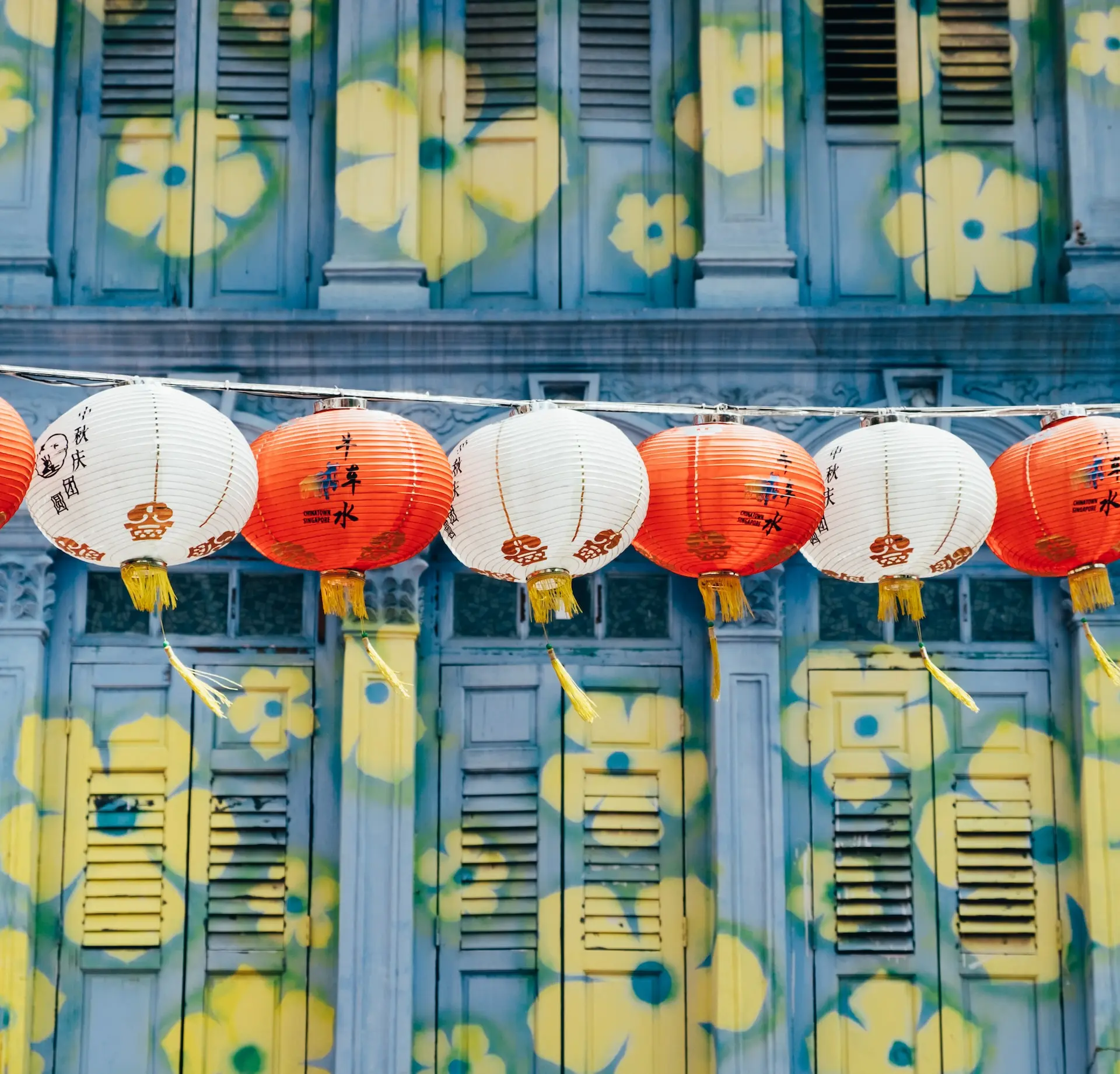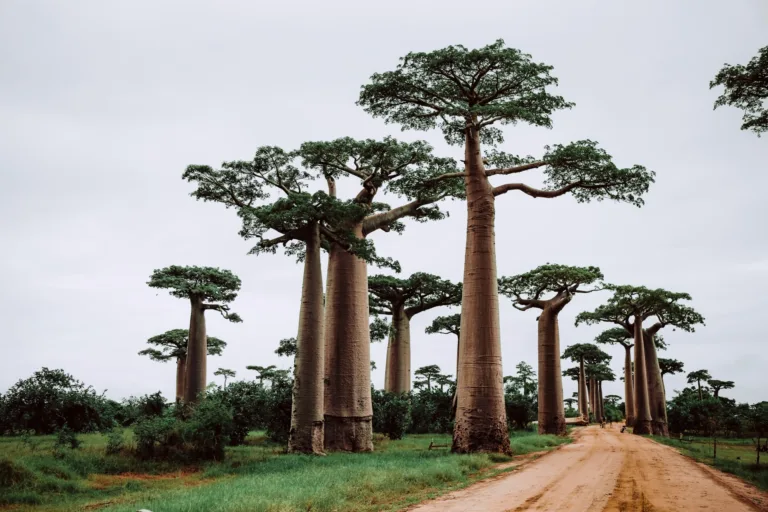In a world that is increasingly turning to holistic and natural approaches to health and wellness, Traditional Chinese Medicine (TCM) and Ayurveda stands out with great prominence.
These tried and tested ancient systems of medicine have been used for thousands of years to treat a myriad of health conditions, and continue to do so to this very day!
Both systems view the body as an integrated whole and focus on achieving balance within the body to maintain health. Yet, at the same time, the two are also drastically different when it comes to their practices and traditions.
As a kid, I was exposed to a lot of TCM whether it was through herbal concoctions and even acupuncture.
I was also able to get some experience with Ayurvedic treatments in Sri Lanka though they were more for relaxation. My mom however, got the full treatment that lasted for almost 2 weeks so I was able to learn a lot from her experiences.
The purpose of this article is to provide a comprehensive comparison between Traditional Chinese Medicine and Ayurveda.
By highlighting the similarities and differences between TCM and Ayurveda, this article will help you understand the nuances of each system and guide you in making an informed decision about which approach is most suitable for your needs.
Table of Contents
ToggleHistorical Background
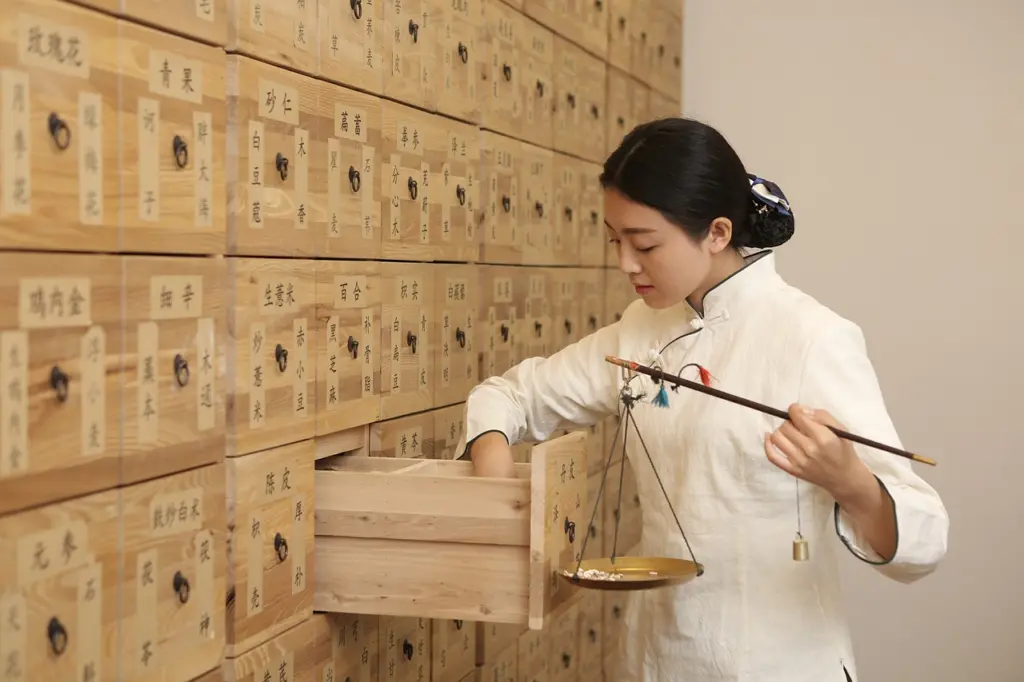
Origin of Traditional Chinese Medicine
The origins of TCM can be traced back to ancient China, over 2,500 years ago! The foundational concepts of TCM were developed during the Zhou Dynasty (1046–256 BCE) and were further elaborated in classic texts such as the Huangdi Neijing (Yellow Emperor’s Inner Canon) during the Han Dynasty (206 BCE–220 CE).
The development of TCM was influenced by various factors, including the philosophies of Taoism and Confucianism, as well as interactions with other medical systems, such as Tibetan medicine and Western medicine. It is built on the Eight Principles that help diagnose different issues and treatments.
TCM has been integrated with Western medicine in China and is used in the prevention and treatment of a wide range of health conditions. It is officially recognized and regulated by the Chinese government, and TCM practitioners must undergo rigorous training and certification.
TCM is considered a part of Chinese culture and is practiced in plenty of countries with a substantial Chinese population, such as Hong Kong, Singapore, Thailand, and Malaysia.
The World Health Organization (WHO) has recognized the value of TCM and has been actively involved in promoting its integration into national healthcare systems.
Furthermore, acupuncture points and meridians have been included in the WHO International Standard Terminologies on Traditional Medicine.

Origin of Ayurveda
Ayurveda, meaning the “Science of Life”, is one of the oldest holistic healing systems in the world, with its roots tracing back to ancient India over 5,000 years ago.
The foundational principles of Ayurveda were laid down in the ancient Indian scriptures called the Vedas, specifically in the Atharva Veda. These principles were then further elaborated and systematized in the classic Ayurvedic texts, the Charaka Samhita, Sushruta Samhita, and Ashtanga Hridaya.
When talking about Ayurveda, we also have to get to know Dhavantari.
Dhanvantari is considered an avatar of Vishnu, one of the principal deities of Hinduism responsible for maintaining the order of the universe. Dhanvantari is revered as the god of Ayurveda and is considered the source of Ayurvedic knowledge.
According to Hindu mythology, Dhanvantari emerged during the “Churning of the Ocean of Milk” carrying Amrita, the nectar of immortality, in one hand and the sacred text of Ayurveda in the other. (You can find a depiction of this event in Bangkok’s airport!)
He is regarded as the physician of the gods and the founder of Ayurveda. His teachings form the foundation of this ancient system of medicine, and he is often worshipped by practitioners of Ayurveda.
Today, Ayurveda is officially recognized and regulated by the government of India as a system of medicine. It is practiced widely across the country, with numerous Ayurvedic hospitals, clinics, and educational institutions. Ayurvedic treatments and medicines are also covered by health insurance in India.
The World Health Organization (WHO) has also recognized Ayurveda as a traditional system of medicine. Ayurvedic concepts and practices are being integrated into modern medicine, with ongoing research on the therapeutic properties of Ayurvedic herbs and treatments.
Fundamental Concepts
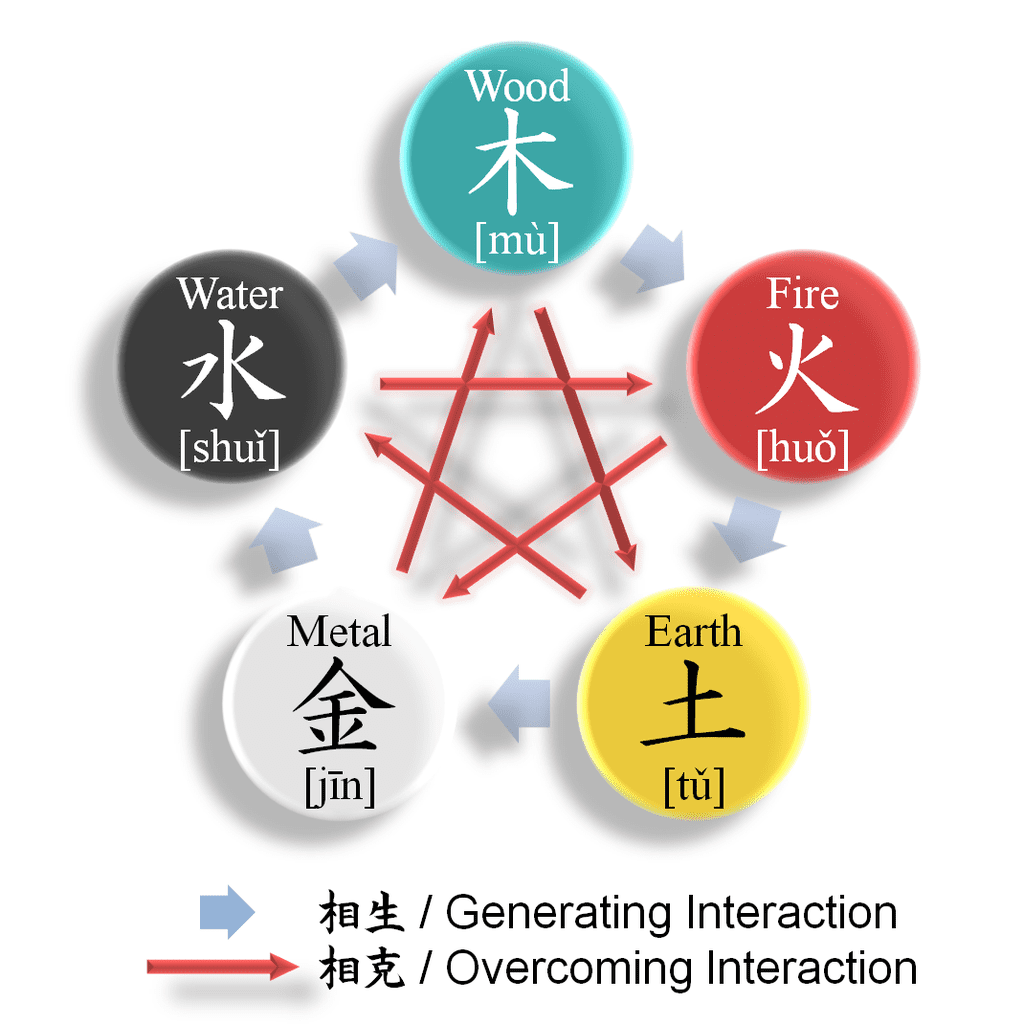
Key Concepts of TRaditional Chinese Medicine
-
Qi (Chi): Qi is the life force that flows through the body and is essential for all bodily functions. It is the energy that animates life and is present in the air we breathe, the food we eat, and the environment we live in. Maintaining the smooth flow of Qi throughout the body is essential for well-being.
-
Yin and Yang: Yin and Yang are two opposite but complementary forces that exist in the universe (the Tao) and within the human body. In TCM, health is achieved by maintaining a balance between Yin and Yang, and disease occurs when there is an imbalance.
-
Wu Xing: The Five Elements, or Wu Xing, are Wood (Mu), Fire (Huo), Earth (Tu), Metal (Jin), and Water (Shui). These elements represent different aspects of Qi and are associated with various organs, tissues, emotions, and physiological functions in the body. The relationships between the Five Elements are used to understand the connections between different parts of the body and the natural world.
-
Zang-Fu Organs: The Zang-Fu organs are the internal organs of the body and are divided into two groups: the Zang organs (Yin organs) and the Fu organs (Yang organs). The Zang organs include the heart, liver, spleen, lungs, and kidneys, and the Fu organs include the gallbladder, stomach, small intestine, large intestine, bladder, and triple burner (a functional organ).
-
Meridians: The meridians, or Jing Luo, are pathways through which Qi, blood, and body fluids flow throughout the body. There are 12 main meridians, each associated with a specific Zang-Fu organ, and several extra meridians.
Key Concepts of Ayurveda
-
Doshas (Vata, Pitta, Kapha): The doshas are three fundamental energies that govern all physiological and psychological functions in the body. Vata dosha is associated with the air and ether elements and governs movement and communication. Pitta dosha is associated with the fire and water elements and governs metabolism. Kapha dosha is associated with the water and earth elements and governs structure and lubrication.
-
Prakriti: Prakriti is the natural disposition of an individual. It is determined at the time of conception and is influenced by various factors, including the doshic balance of the parents, the diet and lifestyle of the mother during pregnancy, and the environmental conditions at the time of conception. An individual’s Prakriti determines their physical, mental, and emotional characteristics, as well as their predisposition to certain diseases.
-
Pancha Mahabhutas: According to Ayurveda, everything in the universe, including the human body, is made up of five elements: Ether (Akasha), Air (Vayu), Fire (Agni), Water (Jala), and Earth (Prithvi). These elements combine in various ways to form the three Doshas. They are even represented through the Five Platonic Solids in the realms of Sacred Geometry.
-
Srotas : The Srotas are the pathways through which the doshas, dhatus, and waste products (malas) flow throughout the body.
-
Chakras: In Ayurveda and the broader Indian spiritual tradition, chakras are considered as the energy centers of the body. There are seven main chakras, which align with the spine and influence our physical, emotional, and mental well-being.
Theory of Disease Causation

Patheogenesis in Traditional Chinese Medicine
In TCM, disease is believed to be caused by an imbalance of Qi, blood, and body fluids, and the disruption of the balance between Yin and Yang. Various factors can lead to this imbalance, including emotional stress, improper diet, environmental factors (such as wind, cold, heat, dampness, dryness), amongst others.
The pathogenesis of disease in TCM involves the following stages:
-
Invasion of Pathogenic Factors: External pathogenic factors such as wind, cold, heat, dampness, or dryness invade the body and disrupt the balance of Qi, blood, and body fluids.
-
Imbalance of Yin and Yang: The invasion of pathogenic factors leads to an imbalance of Yin and Yang in the body, which affects the function of the Zang-Fu organs and the flow of Qi and blood in the meridians.
-
Development of Disease: The imbalance of Yin and Yang and the disruption of the flow of Qi and blood lead to the development of disease. The disease may manifest in various ways, depending on the affected organs and meridians, and the nature of the pathogenic factors.
-
Treatment: Treatment in TCM involves restoring the balance of Yin and Yang, regulating the flow of Qi and blood, and expelling pathogenic factors from the body.
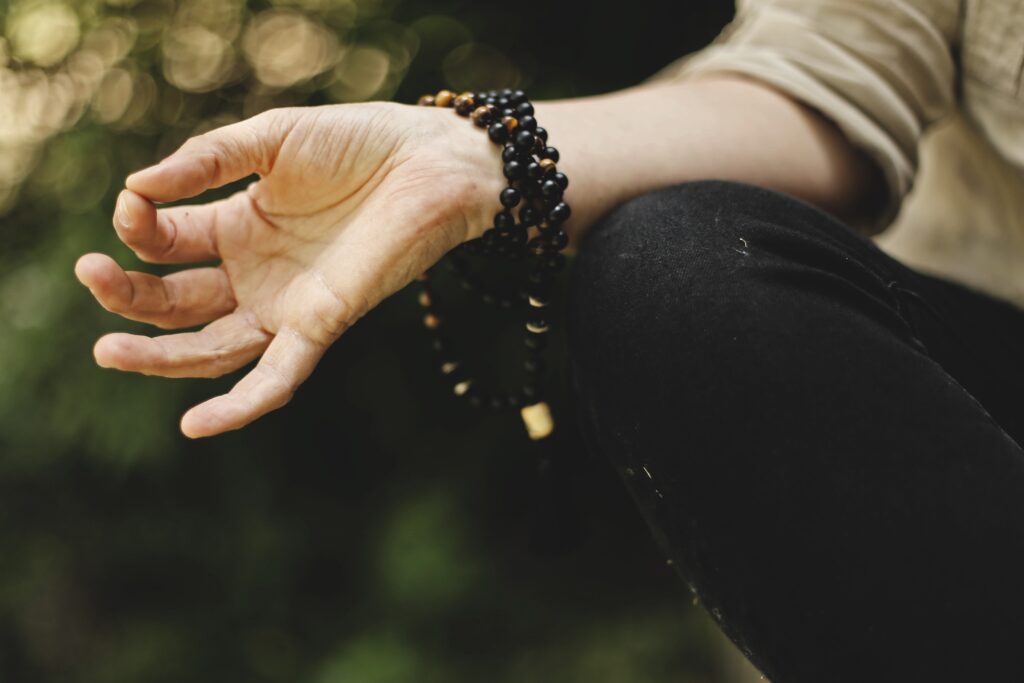
Patheogenesis in Ayurveda
On the other hand, in Ayurveda, disease is believed to be caused by an imbalance of the doshas, the accumulation of toxins (ama), and the blockage of the srotas.
The pathogenesis of disease in Ayurveda involves the following stages:
Accumulation (Sanchaya): The doshas accumulate in their respective sites due to various causative factors.
Aggravation (Prakopa): The accumulated doshas become aggravated due to continued exposure to causative factors.
Spread (Prasara): The aggravated doshas spread throughout the body and enter the circulation.
Localization (Sthana Samshraya): The aggravated doshas localize in a specific site where there is a weakness.
Manifestation (Vyakti): The localized doshas manifest as subclinical symptoms.
Complication (Bheda): If left untreated, the disease progresses to complications involving multiple organs and systems.
Treatment: Treatment in Ayurveda involves restoring the balance of the doshas, cleansing the body of toxins, and rejuvenating the tissues.
Treatment Methods
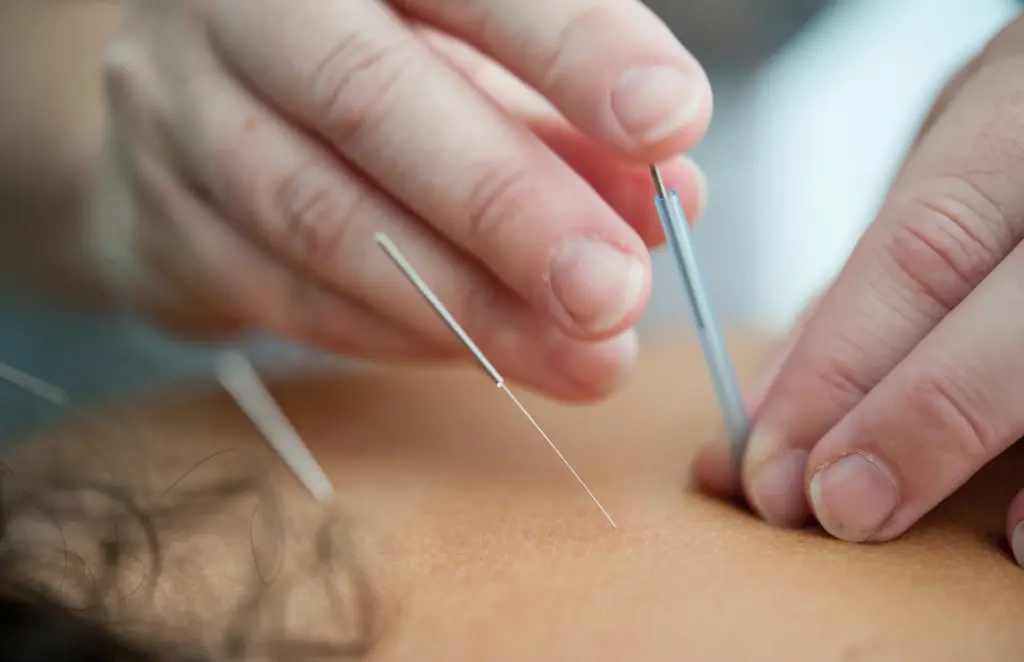
TRaditional Chinese Medicine Treatments
-
Acupuncture: This involves the insertion of fine, sterile needles into specific points (acupoints) on the body to regulate the flow of Qi and blood, balance Yin and Yang, and restore the body’s natural healing capabilities. As a kid, I had acupuncture done to help with the constant motion sickness I would get when inside a car, and it surprisingly worked which lasted to this day!
-
Moxibustion: This involves the burning of dried mugwort (moxa) on or near the skin to warm the acupoints and meridians, expel cold and dampness, and stimulate the flow of Qi and blood. It is often used in conjunction with acupuncture.
-
Tui Na: This is a form of Chinese massage therapy that involves the use of hands-on techniques to manipulate the muscles and joints and stimulate the acupoints and meridians.
-
Cupping: This involves placing glass on the skin and creating a vacuum inside the cups to draw the skin and underlying tissues into the cups.
- Qigong: Qi Gong is a form of meditation and exercise that involves slow, flowing movements, deep breathing, and mental focus to balance Qi. Quite similar to Reiki in Japan.
-
Tai Chi: Like Qi Gong, Tai Chi is a form of a meditative martial art that involves slow, flowing movements, deep breathing, and mental focus to cultivate Chi (Qi).
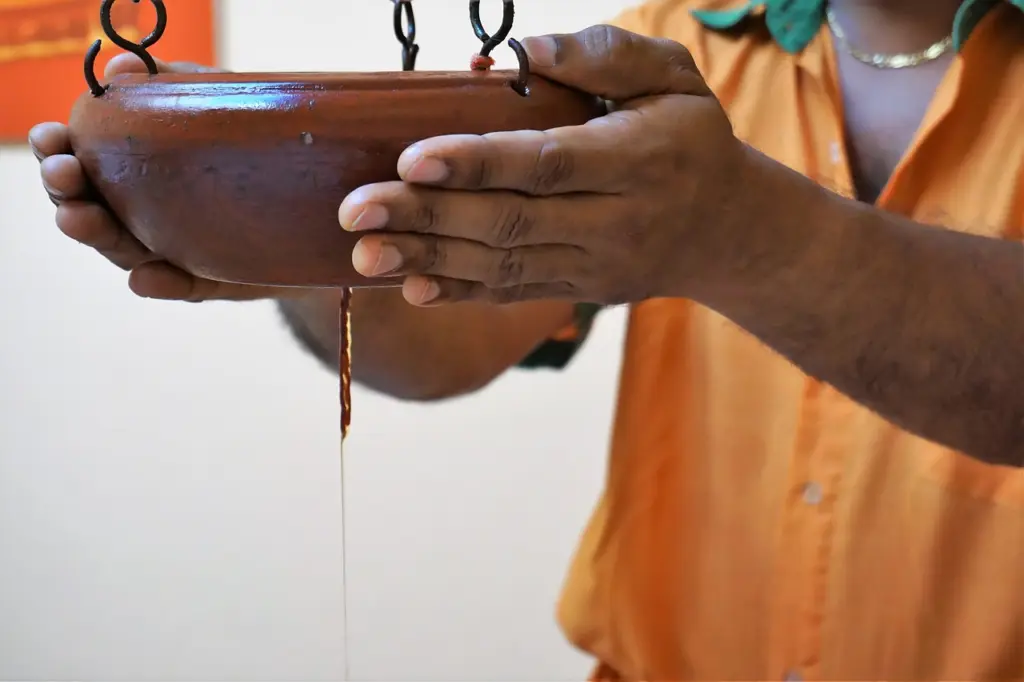
Ayurvedic Treatments
- Panchakarma: A series of five therapies designed to cleanse the body of toxins, balance the doshas, and rejuvenate the tissues. The five therapies are:
-
- Vamana: Therapeutic vomiting to eliminate excess Kapha dosha.
- Virechana: Purgation to eliminate excess Pitta dosha.
- Basti: Medicated enema to eliminate excess Vata dosha.
- Nasya: Nasal administration of medicated oils or powders to cleanse the head and sinus passages.
- Raktamokshana: Bloodletting to remove impurities from the blood.
-
Yoga: Yoga is a form of mind-body exercise that involves physical postures, breathing exercises, and meditation.
-
Pranayama: Pranayama is a series of breathing exercises designed to regulate the flow of prana (similar to Qi, life force) throughout the body.
-
Ayurvedic Massage: An ayurvedic massage involves the use of warm, medicated oils and specific techniques to promote relaxation, improve circulation, and balance the doshas. There are various types of Ayurvedic massage, such as Abhyanga (full-body massage), Marma massage (focusing on vital energy points), and Udvartana (dry powder massage).
-
Shirodhara: This treatment involves the continuous pouring of warm, medicated oil on the forehead (Ajna). I was able to experience both an Ayurvedic Massage and Shirodhara in Habarana, Sri Lanka, and I must say it’s one of the best massages I have ever gotten in my life, like flowing water and the Shirodhara is like an amazing ASMR session.
Which One is Right for You?
Based on everything we covered so far, we found out that both TCM and Ayurveda consider the body, mind, and spirit as interconnected and believe in the existence of vital energy (Qi in TCM, Prana in Ayurveda) that flows through the body.
Both systems also believe in the concept of balancing opposing forces (Yin and Yang in TCM, Doshas in Ayurveda) for maintaining health.
Moreover, both TCM and Ayurveda use a variety of treatment methods including herbal medicine, diet and lifestyle recommendations, and physical exercises (Qigong and Tai Chi in TCM, Yoga and Pranayama in Ayurveda).
So while at first they might seem different, there are certainly some overlaps which makes making a decision even much more challenging!
In the end, selecting between Traditional Chinese Medicine and Ayurveda is a deeply personal decision but here are some considerations that might help you make a more informed choice:
-
Personal Resonance: Which philosophy and approach resonate more with your own beliefs and intuition? Sometimes one approach just feels more “right” to you, and that intuition is important.
-
Availability: Are there qualified practitioners available in your area for both TCM and Ayurveda? The availability of experienced practitioners can greatly influence your decision.
-
Health Concerns: Consider your specific health issues. While both systems can address a wide range of ailments, some conditions might be more effectively treated by one system over the other.
-
Treatment Preferences: Think about your comfort level with different treatments. For instance, if you have a fear of needles, acupuncture might not be the best option for you. Whereas all the purging and detoxification from Ayurveda might also be a bit difficult for some.
The goal is to choose the approach that feels the most aligned with your own beliefs, needs, and lifestyle. It can even be helpful to have initial consultations from both systems to get a feel for their approach and see which one feels like a better fit for you!

